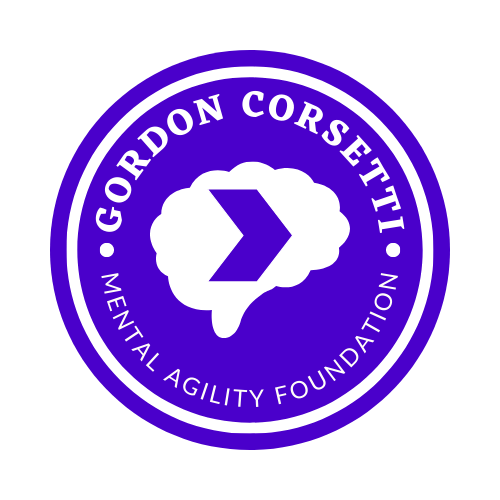Such a Strong Practice
/After yoga class yesterday, the instructor, who I had just met, said that I have a beautiful practice. After thanking her for an excellent class, I pondered her observation. It is one I’ve heard from yoga teachers in Baltimore, Pennsylvania, California, Texas, and now, Georgia. Other variations are: “You have such a strong practice,” and, “You have a very intentional practice.”
I received the same feedback when I was just starting yoga, and I never understood why until I began teaching. For all the similarities in the structure of our bodies, the way in which people move is astonishingly variable.
Tell twenty people to press back into downward facing dog. You will get twenty different postures AND twenty different transitions! Some move as though their joints need an oil change, others with the grace of a ballet dancer. There are yogis and yoginis who flop from posture to posture, and then there are practitioners who move with efficient economy so they waste minimal energy.
It took me a while to understand why teachers kept saying I had a strong practice even though I had not practiced for very long. I believe my jiu-jitsu experience taught me about my body far better than any other sport. You learn to feel where your limbs are relative to the rest of you awfully quickly when someone is trying to submit you with joint locks. That sense (known as proprioception) is a sense we all share, but few develop. I know where my body is on my mat, and I know where I need to place my feet and hands to build a posture.
If you want your entire concept of how we learn movement blown to bits, I highly recommend Embodied Wisdom: The Collected Papers of Moshe Feldenkrais. His insights revolutionized my practice. Instead of aiming for a strong posture, then another strong posture, and then another; my goal became: develop my sensitivity so that I could always reverse my direction with ease. I practice not to attain the fullest expression (non-yogis read: most advanced bodily contortion) of a posture, but to always be able to reverse my movement at any time I choose. This concept of reversibility comes from Moshe Feldenkrais who said that "reversibility was a key criteria for determining whether a particular movement is done well” (bettermovement.org).
That goal introduced a level of grace to my practice that was previously inaccessible. I still move with a strong foundation, that is easy for me, and I am learning how to become more fluid, which is a much more elusive goal. Last night was especially challenging.
I felt strong at the end of each posture, but I sensed a desire to rush through transitions very early on in the class. Speed tends to sprout errors, and I took moment to recalibrate my expectations. I reminded the part of my mind that always wants to go at maximal effort, that I had not been in a seventy-five minute hot yoga class in two weeks. It took some doing, but I slowed myself down to a pace that allowed me to sense each part of my body as I moved.
I became more aware of my tight left hip, my sore right knee, my stiff right shoulder. That awareness slowed me down even more. Until I was finally moving at a pace that felt just challenging enough. In yoga, this is known as "finding and riding the edge." It takes work to find your edge and even more work to stay on it. It is much, much easier to remain ignorant of your edge and power through everything, or disregard your edge and take it far too easy. In this way, I practice finding the most efficient methods in which to move, and that allows me to translate my practice to the rest of my day-to-day.
Where are you going too fast? Too slow?
Do you speed up when you might better serve yourself by slowing down? Are you putting the right amount of energy into something that will improve your life, or are you going through the motions of your day, content to get from one spot to the next, without thought of how you arrived there?
Imagine how grand your day could be, if you took time to evaluate where you are and reallocate how you use your energy.





